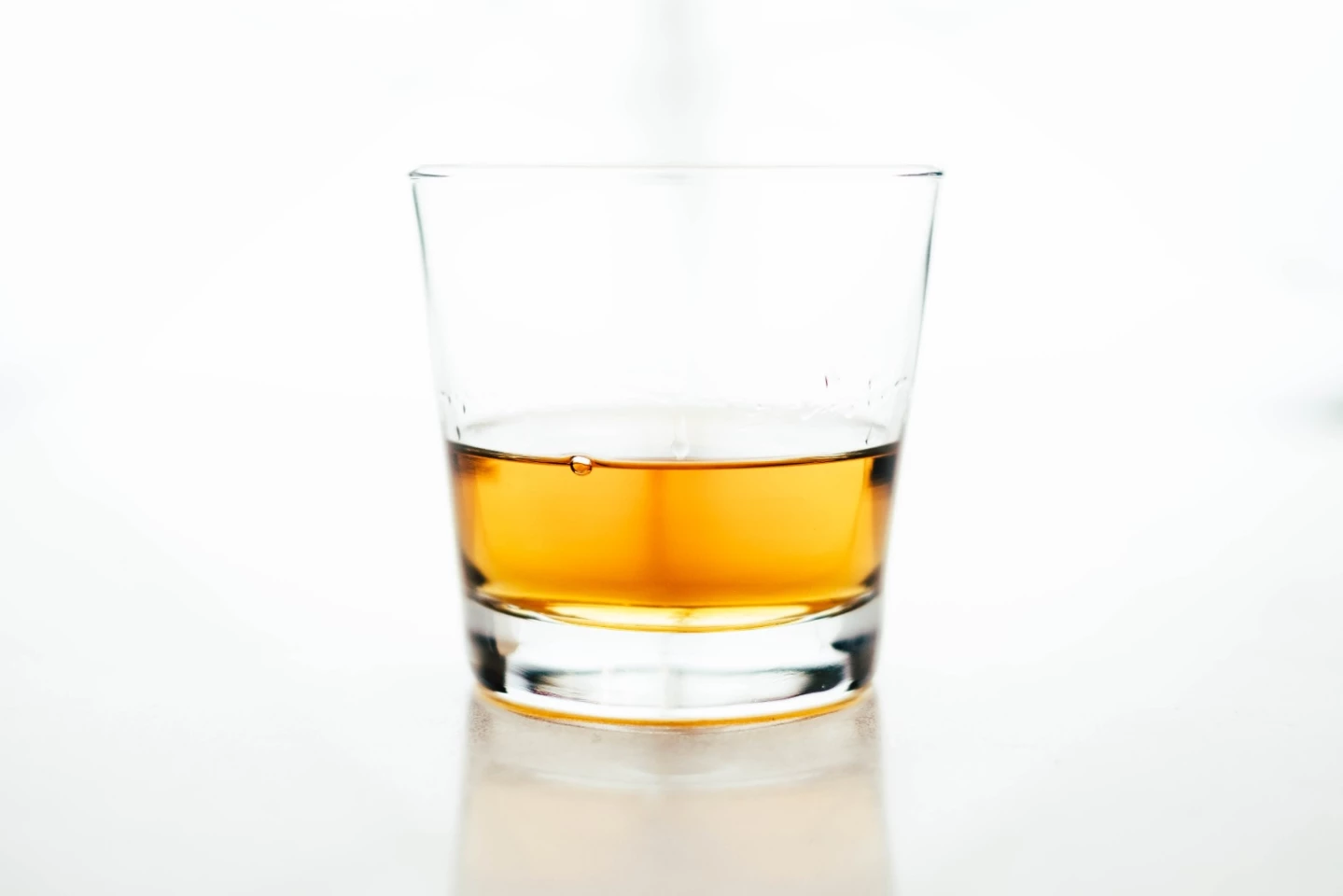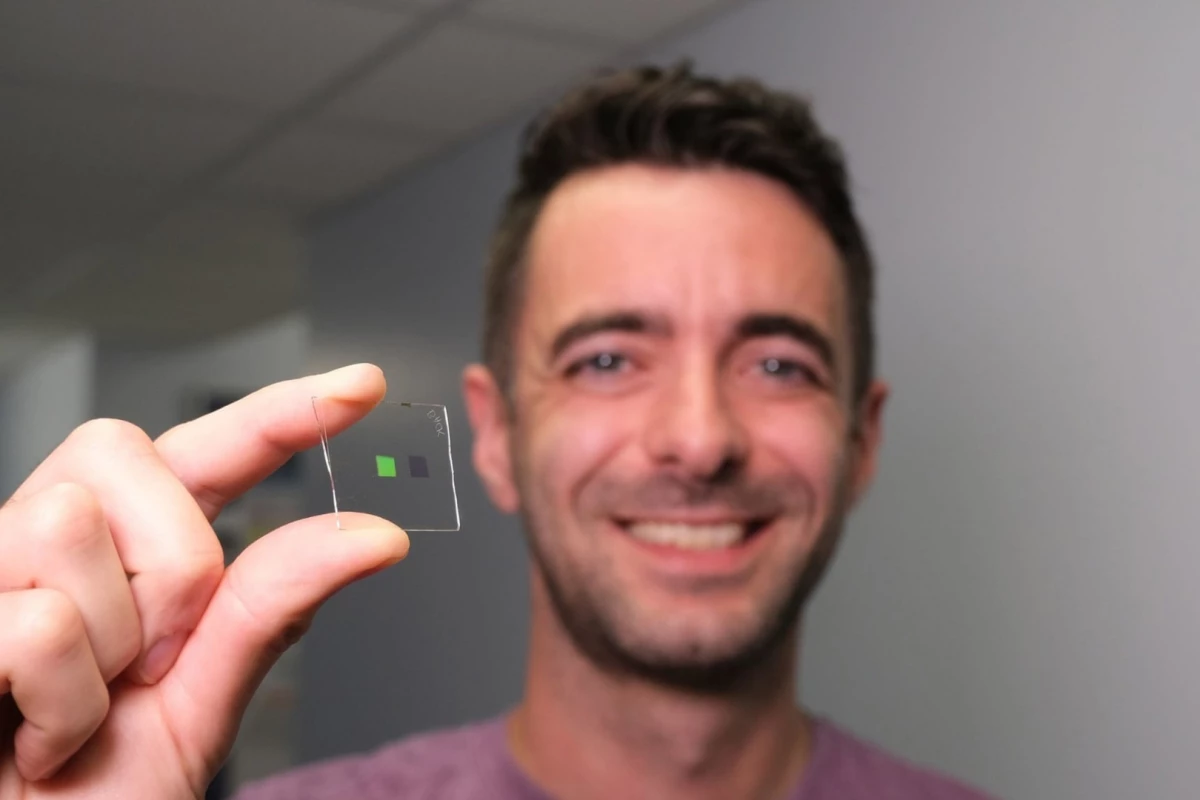A tiny artificial tongue which can identify individual whiskies by taste has been invented by a team of engineers from – of course – the University of Glasgow. The device could mean big things for drink makers wanting to ensure a consistent product, and protect their precious brands from counterfeiters at the same time.
The idea of chemically proving the legitimacy of a whisky isn't a new one, and a number of techniques abound, from reactive dyes to specialized optical fibers which aim to decode the unique properties of the tipple, but science advances and the accuracy of this little metallic tongue is pretty impressive. The team reports an accuracy greater than 99 percent when identifying the subtle differences between samples.
This is even more impressive when you consider that some of these samples were the same whisky, which had simply been aged in different barrels. The teeny tongue also easily tagged variations of the same whiskies aged for 12, 15 and 18 years. The samples were sourced from the Glenfiddich and Laphroaig distilleries, as well as the Aldi-owned Glen Marnoch, which sources its single malts from the Highland, Speyside and Islay regions.

"We're not the first researchers to make an artificial tongue," says lead author, Dr Alasdair Clark. "But we're the first to make a single artificial tongue that uses two different types of nanoscale metal tastebuds, which provides more information about the 'taste' of each sample and allows a faster and more accurate response."
The little tipple telling tongue is made up of a checkerboard pattern of "tastebuds" (500 times smaller than yours) comprising alternating gold and aluminum sections. The plasmonic resonance of the metals alters subtly when submerged in each whisky sample, and the researchers measured the impact this variation has on the light absorption properties of the sub-microscopic tastebuds.
"We call this an artificial tongue because it acts similarly to a human tongue," says Dr Clark. "Like us, it can't identify the individual chemicals which make coffee taste different to apple juice but it can easily tell the difference between these complex chemical mixtures."
The potential applications for the device are of interest to industries beyond whisky production, from identifying fakes to quality control at the production line. And while counterfeit alcohol is clearly a concern for drink makers trying to protect their bottom line, it's also a potential health issue. People have died from bogus alcohol the world over, and thousands have been made incredibly ill. In one incident on the Turkish Riviera in 2011, five Russian tourists died and more than 20 people were poisoned after drinking fake whisky with a methanol content three times higher than normal.

Thankfully, most counterfeiting involves relabeling an inferior, but legitimate product as something worth far more, but it's still cause for concern for the industry. In an effort to tackle the problem on the ground, the Scotch Whisky Association established a "Dram Buster" program, which gathers reports on potential fakes from whisky lovers around the globe.
At the manufacturing end, alcohol, soda and juice manufacturers could benefit hugely from the device. In these highly competitive industries, consistency of taste is crucial to establishing – and keeping – a loyal customer base, where even the slightest variation in the flavor profile of a drink could mean disaster. An artificial tongue incorporated into production lines could flag subtle issues with seasonal ingredients and help ensure the taste of a product is consistent from batch to batch and year to year.
A paper on the project, Whisky tasting using a bimetallic nanoplasmonic tongue, is available to view in Royal Society of Chemistry's journal, Nanoscale.
A video of Dr Clark explaining the artificial tongue can be seen below.
Source: University of Glasgow






